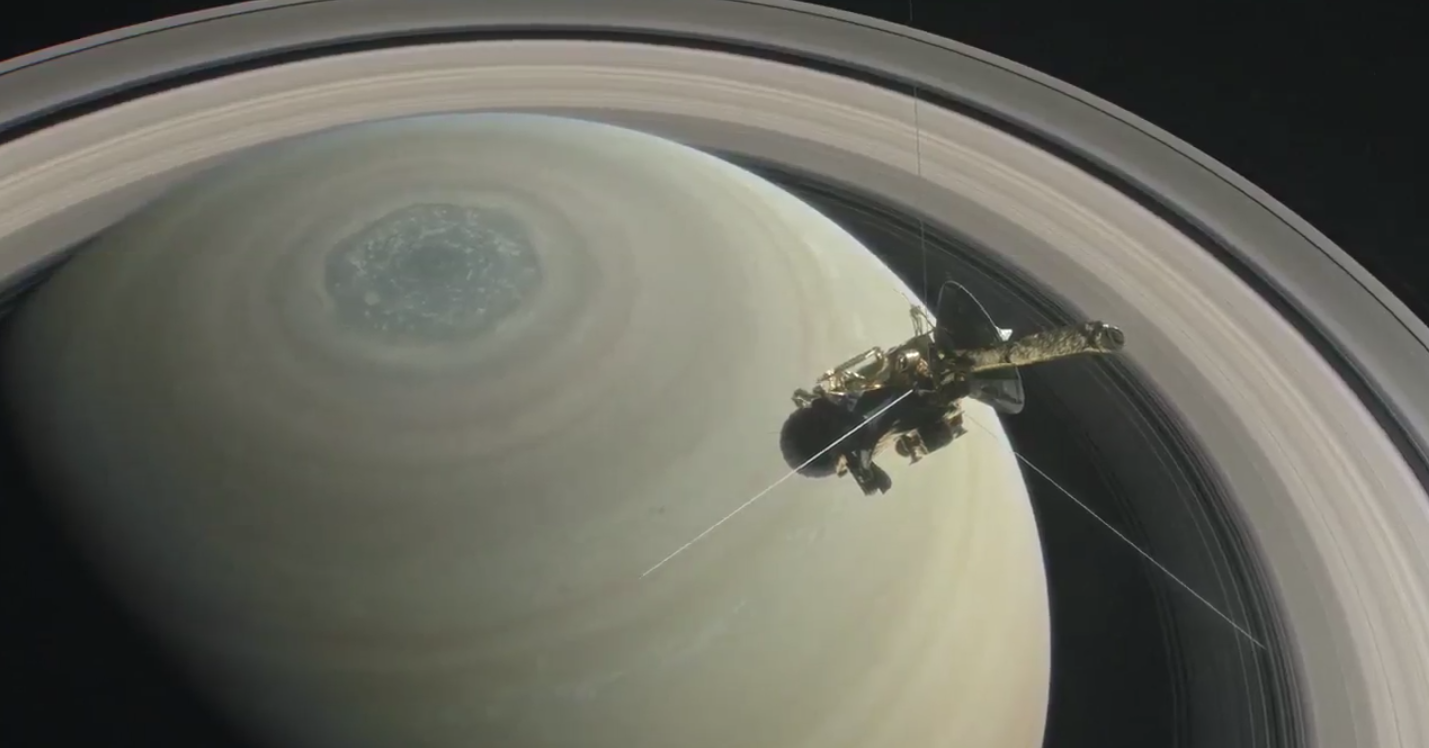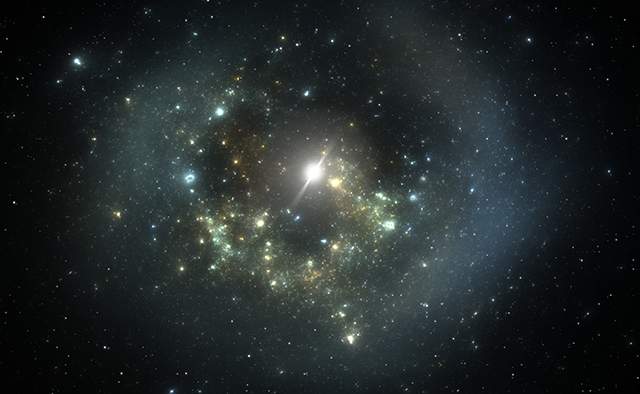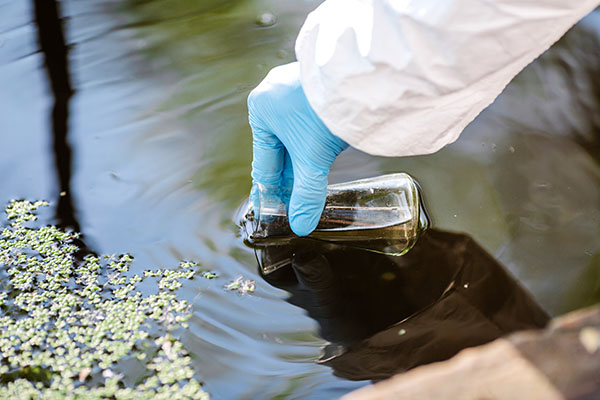 Parler
Parler Gab
Gab
- Fresh data reveals Enceladus spews diverse organic molecules.
- These compounds suggest complex chemistry in its subsurface ocean.
- The moon has liquid water, energy, and ingredients for life.
- Scientists believe Enceladus is habitable but not yet inhabited.
- This shifts the search for life to our solar system's icy moons.
Fresh samples tell a clearer story
Researchers were concerned that the older samples, which had been exposed to space radiation for longer periods, might have been altered. The fresh grains, however, provided a pristine snapshot of the chemistry within Enceladus' ocean. When Cassini flew through these plumes at approximately 40,000 miles per hour, the high-speed impact of the young ice grains on its cosmic dust analyzer instrument allowed for a much clearer chemical analysis. The results, published in the journal Nature Astronomy, were profound. Not only did the team confirm the presence of previously detected organic molecules, but they also identified new ones. These included nitrogen- and oxygen-bearing compounds, ethers, and esters. This diverse suite of organics strongly suggests that complex chemical reactions are occurring in the moon's subsurface sea.A habitable world, but is it inhabited?
The presence of these compounds is a major milestone. On Earth, similar molecules are involved in the chemical pathways that lead to the building blocks of life. "Having a variety of organic compounds on an extraterrestrial water world is simply phenomenal," said study author Fabian Klenner. The findings point to an environment with liquid water, a source of energy from hydrothermal vents, and now, a confirmed diversity of organic material. However, scientists are quick to temper excitement with a crucial distinction. "Being habitable and being inhabited are two very different things," Klenner emphasized. "We believe that Enceladus is habitable, but we do not know if life is indeed present." The discovery means the moon has the right conditions for life as we know it, not that life has been found. This revelation on Enceladus, a moon just 310 miles across, underscores a major shift in the search for life. Instead of only looking at distant exoplanets, our own solar system appears to host promising water worlds. Enceladus is not alone in this category. Jupiter's moon Europa, with its own massive subsurface ocean, is another prime candidate for habitability. The race is now on to further explore these enigmatic moons. NASA's Europa Clipper spacecraft is scheduled to begin orbiting Jupiter in 2030, with dozens of close flybys of Europa planned. Meanwhile, both the European Space Agency and China are in the early stages of planning ambitious landing missions to Enceladus, though such ventures are likely decades away from launch. This discovery serves as a powerful reminder that truth and discovery often require a fresh look at old data. The potential that life could be thriving in the dark, watery depths of a small moon billions of miles away fundamentally challenges our place in the universe and pushes the boundaries of what we believe is possible. The search for our cosmic neighbors is heating up, and it is happening right in our own celestial backyard. Sources for this article include: JustTheNews.com ABCNews.go.com TheGuardian.com Futurism.com SmithsonianMag.comPoor sleep is prematurely aging the brain, study reveals
By Ava Grace // Share
Citizen scientists discover ghostly RADIO RINGS, a discovery that rewrites galactic history
By Lance D Johnson // Share
Solar-powered water purification film could revolutionize access to clean drinking water worldwide
By Lance D Johnson // Share
Rising tide of “brain fog”: Young Americans report sharp uptick in cognitive struggles
By Patrick Lewis // Share
The breakfast clock: How your morning meal’s timing could be a lifesaver
By Ava Grace // Share
Governments continue to obscure COVID-19 vaccine data amid rising concerns over excess deaths
By patricklewis // Share
Tech giant Microsoft backs EXTINCTION with its support of carbon capture programs
By ramontomeydw // Share
Germany to resume arms exports to Israel despite repeated ceasefire violations
By isabelle // Share










